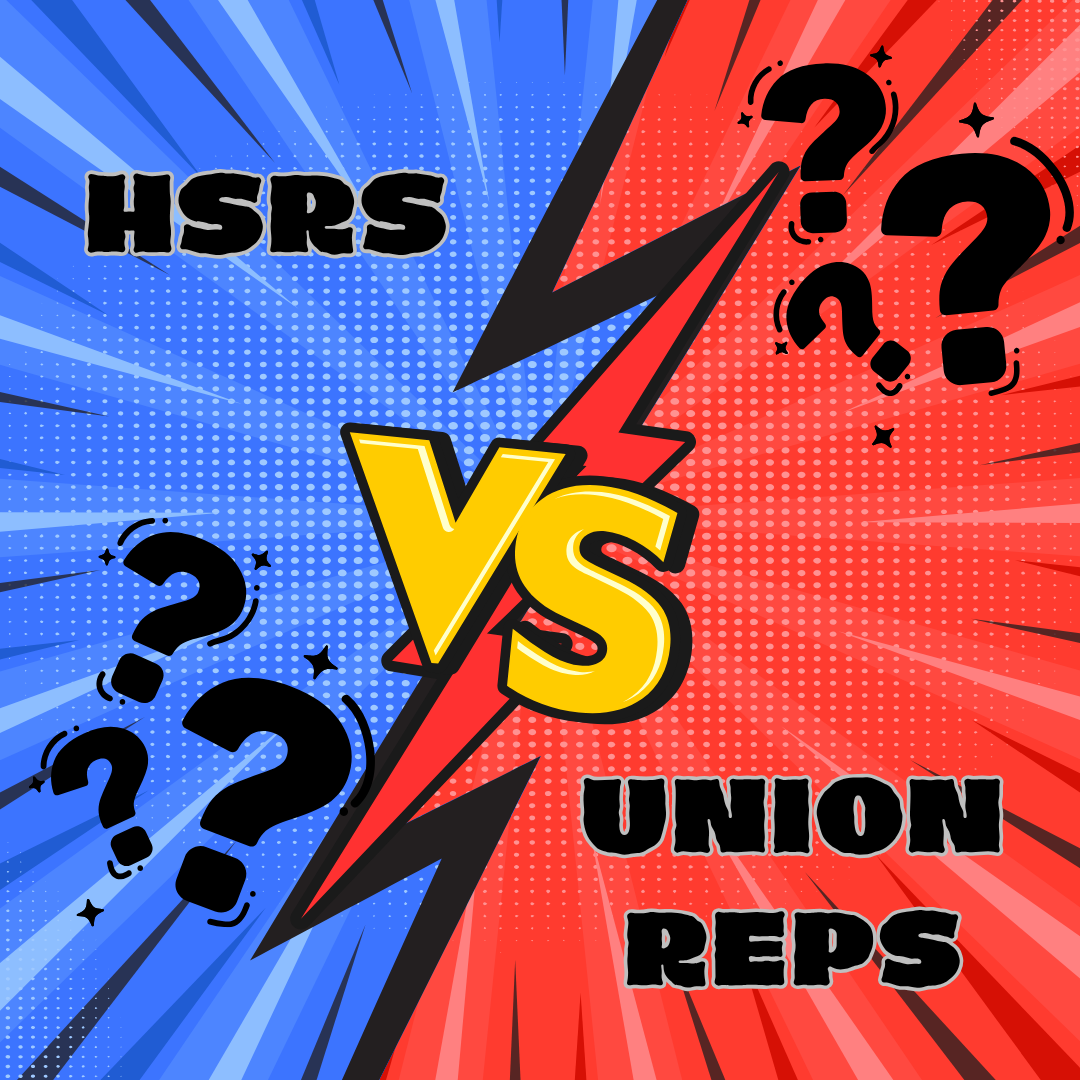Protection for employees who SPEAK UP about safety
It is illegal to dismiss in employee or to discriminate against an employee if they have raised an OHS issue or concern.
This is covered under Section 76 of The Occupational Health and Safety Act 2004 (The Act).
This means that employees can and should raise concerns about both within and, if necessary, outside their organisation.
What does discrimination mean this context?
Discrimination against a person for raising an OHS issue can include:
- Dismissal
- Injury
- Alteration of an employee’s position, to their detriment
- Refusal of employment of a prospective employee or less favourable treatment of them
Noting that the discrimination must have arisen due to the raising of an OHS concern as the dominant factor.
The Act says that employees cannot be dismissed from employment or discriminated against if they:
- Are an HSR or deputy HSR (dHSR)
- Are a member of a Health and Safe Committee
- If, as an HSR, dHSR or HSC member, they exercise their powers
- If they are an employee who has assisted or given information to an Inspector, to WorkSafe, to a registered employee organisation (ARREO), to an HSR/ dHSR or an HSC member
- If they are a prospective employee who raises or has raised an issue or concern about health and safety to an Inspector, to WorkSafe, to a registered employee organisation (ARREO), to an HSR/ dHSR or an HSC member
In short, any employee or prospective employee is protected under this part of The Act.
Further strengthening the law is the fact that the accused bears the onus of proof (Section 77 of the OHS Act). This means that the employer is considered to have broken the law unless they can prove that they did not dismiss or discriminate on the basis of the person raising a health and safety issue - with this being the dominant issue.
If found guilty, the offence carries significant penalties under The Act.
The intent of the legislation is to ensure that employees can SPEAK UP about health and safety issues, without fear of retribution. Remember, The Law states that you can speak up and protects you against discrimination.
For more information on this topic:
Discrimination for OHS reasons - OHS Reps
Discrimination on health and safety grounds | WorkSafe Victoria
If you need help, don’t hesitate to call BeSafe on 0467 002 060 or email us on admin@besafevictoria.com.au




